Keywords
|
| Multi slot antennas, reconfigurable, slot antennas, resonant. |
INTRODUCTION
|
| Multi slot for dual-band antennas are of demand in many wireless applications that use dual frequency bands for receiving and transmitting. Current advancements in printed antenna technology have resulted in a variety of different techniques for designing low profile, cost effective and highly efficient dual-band antennas. Most of the techniques make use of certain approaches to manipulate the current distribution at one of the higher order resonant modes of the structure to change its resonant frequency. A rectangular patch antenna is loaded with a slot at a particular location such that it affects one resonant mode more than another and dual-band operation is obtained [1]. Different types of slotted patches suitable for compact operation have been presented by many antenna designers. This kind of slotted patch causes meandering of the patch-surface current path and is suitable for achieving size reduction along with dual-frequency operation [2]. |
| Reconfigurable antennas have recently received significant attention for their applications in communications, electronic surveillance and countermeasures, by adapting their properties to achieve selectivity in frequency, bandwidth, polarization and gain. Compared to broad band antennas, reconfigurable antennas offer the advantages of compact size, similar radiation pattern for all designed frequency bands, efficient use of electromagnetic spectrum and frequency selectivity useful for reducing the adverse effects of co-site interference and jamming [3]. |
| This paper presents a chip capacitor controlled electronically reconfigurable single feed dual frequency reconfigurable microstrip antenna capable of achieving a size reduction up to 71.46.% for the resonant frequency compared to conventional rectangular patch. A Chip capacitor is integrated with the extended slots are used to tune the operating frequencies without much affecting the radiation characteristics and gain [4]. |
| Reconfigurable antennas have attracted a lot of attention, especially in future wireless communication systems. Superior features such as reconfigurable capability, low cost, multipurpose functions and size miniaturization have given reconfigurable antennas advantage to be integrated into wireless systems. Generally, antenna properties such as frequency, radiation pattern and polarization are reconfigured. RF switches, varactor diodes and chip capacitors are normally used to achieve frequency reconfigurability. Those devices change the effective length of the radiator of the antenna and thus provide reconfigurable frequency characteristics [5]. |
| The geometry of conventional rectangular microstrip antenna (RMSA) is as shown in Fig. 1 (a). This geometry has dimensions of patch length (L) = 30.69 mm and patch width (W) =38.75 mm which has dielectric constant (εr) of 4.4, substrate thickness is 1.6 mm and tangential loss of 0.0025. The Zeland IE3D software is used to simulate the designed antenna. The rectangular microstrip antenna designed for the operating frequency of 2.4 GHz and the RMSA resonate at frequency of 2.34 GHz is as shown in Fig. 1(b). From this it is observed that the variation of return loss versus frequency plot of RMSA resonate at 2.34 GHz of frequency which is close to the designed frequency of 2.4 GHz. |
| The Fig. 2 (a) shows three deferent vertical slots on the rectangular patch with deferent dimensions. The slot width (SW) of 2 mm, the length of the slots S1, S2 and S3are 28, 26 and 24 mm respectively. The slot width is uniform for all three slots are 2mm.The coaxial probe feed is connected at -6 and -8 of XY plane with respect to the centre of the antenna to match the impedance of the antenna. Three slots are made on rectangular patch with uniform dimensions to achieve frequency reconfiguration. This design is able to generate the resonant frequency of 2.3 GHz,2.5 GHz and 2.8 GHz with return loss of -17dB,-16dB and -20dB respectively is as shown in Fig. 2 (b). The fundamental resonant frequency of the conventional rectangular patch is 2.4 GHz. By etching the three horizontal slots on the rectangular patch the operating frequency obtained are 2.3 GHz, 2.5 GHz and 2.8 GHz. |
| The horizontal slot splits the fundamental resonant frequency of the rectangular microstrip patch with slots into two separate resonant modes. Thus three horizontal slot are considerably increases the effective lengths of the two excited resonant modes, TM 10 and TM 01 , and the excited patch surface current densities are perturbed in such a way that these two modes can be excited for deferent frequency operation with a single feed. |
| The lengths of the horizontal slots are varied by 1mm and determine the resonant frequencies. In order to vary the resonant frequency, five horizontal slots are etched on rectangular patch is as shown in the Fig. 3 (a). Thus by varying the length of all the five slots simultaneously, reconfigurable frequency operation with narrow band tuning range is achieved and corresponding return loss characteristics is as shown in Fig. 3 (b).The chip capacitor is loaded across the slot which provide various capacitive loading to the slot is as shown in Fig. 4 (a). The junction capacitance of the capacitor varies against the RF voltage and these different capacitive loadings correspond to different electrical lengths and thus different resonant frequency is as shown in Fig. 4 (b). |
| Chip capacitance is placed on the top of the first slot of the antenna to change the effective electric length of the slot, thus producing controllable narrowband frequencies and frequency is shifted to lower with good return loss of - 55dB as shown in Fig. 4 (b) and thereby size reduction 71.46% is achieved compared to conventional rectangular microstrip antenna. |
| When the slots are absent, the antenna shows a single resonant frequency at 2.34 GHz when five slots are etched on patch the obtained frequency is much lower than the fundamental resonant frequency (1.30GHz) of the conventional rectangular microstrip antenna. The capacitor loading on the first slot correspond to high capacitance and thus lowers resonant frequency at 1.26 GHz. |
| The resonant frequencies observed according to the -10 dB bandwidth and all resonating frequencies are have good return loss (RL). The radiation pattern of proposed multi slot antenna for resonant frequency of 1.26 GHz which is as shown in Fig. 5. A simulated result of proposed reconfigurable antenna is shown in table 1. |
III. CONCLUSION
|
| A multi slot rectangular microstrip antenna is designed for wireless applications. The antenna uses a highly simplified circuitry without any transmission lines, for tuning the operating resonant frequencies. This design has an advantage of size reduction up 71.46 % for the resonant frequency of 1.26 GHz compared to conventional rectangular patch. The dual band resonant frequencies are achieved to -10 dB bandwidth criteria without capacitor. The resonant frequencies occurred at the range of 1.26 GHz and 2.89 GHz. |
ACKNOWLEDGMENT
|
| Authors would like to thank Department of Science and Technology (DST), New Delhi for sanctioning vector Network analyzer to this dept. under FIST project. |
Tables at a glance
|
 |
| Table 1 |
|
| |
Figures at a glance
|
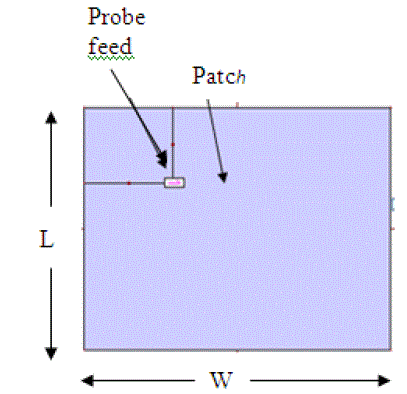 |
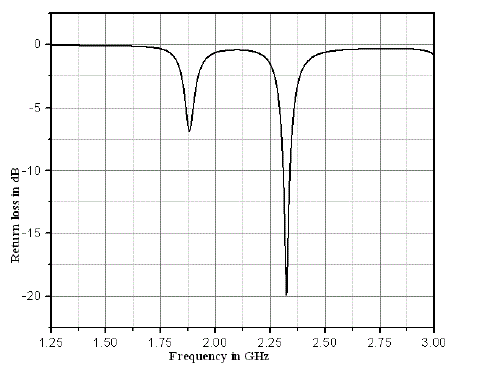 |
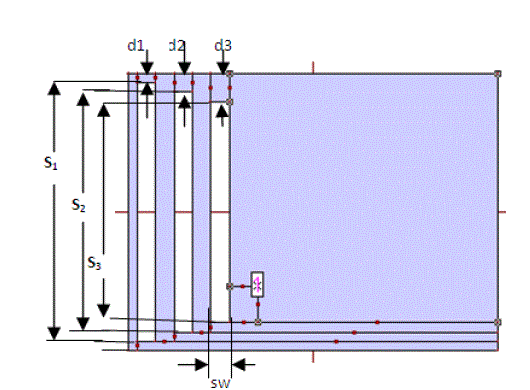 |
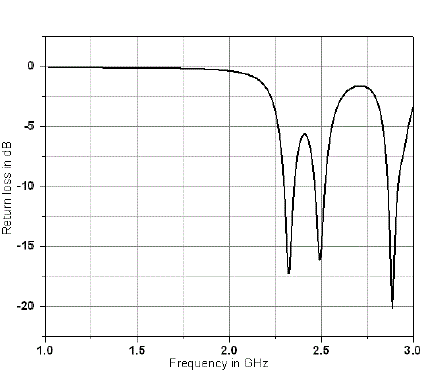 |
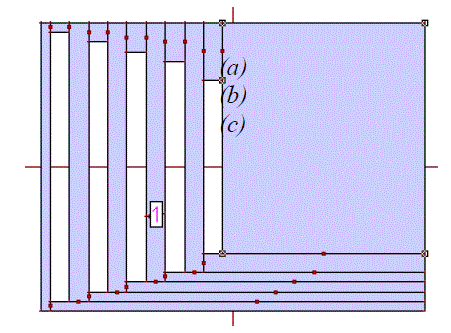 |
| Figure 1a |
Figure 1b |
Figure 2a |
Figure 2b |
Figure 3a |
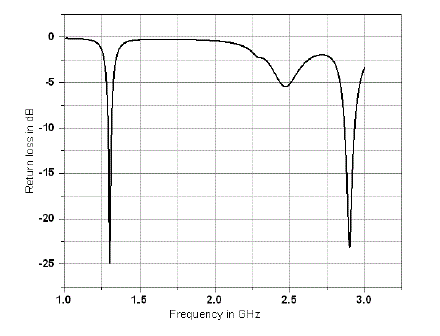 |
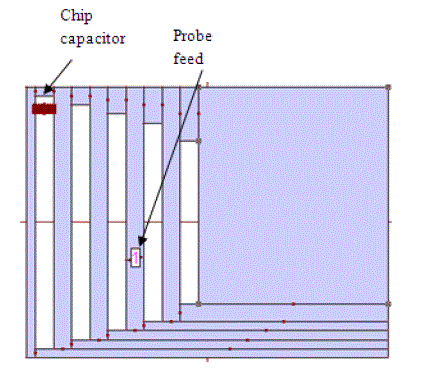 |
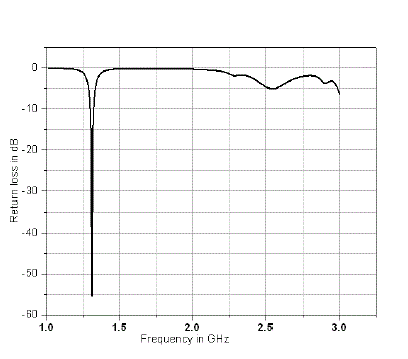 |
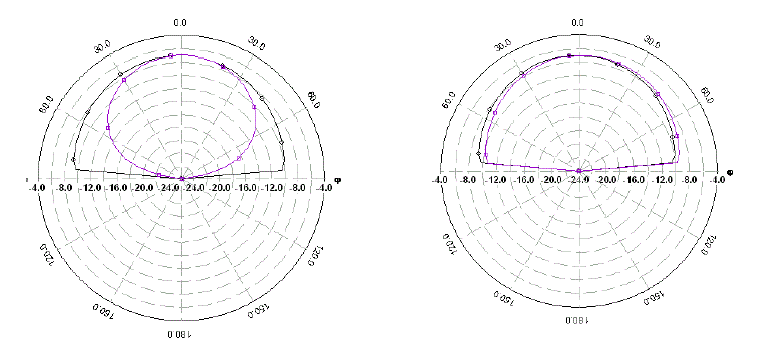 |
| Figure 3b |
Figure 4a |
Figure 4b |
Figure 5 |
|
| |
References
|
- Behdad. N and Sarabandi K, ‘A Varactor-Tuned Dual-Band Slot Antenna’, IEEE Transactions on Antennas and Propagation, Vol. 54, no. 2, pp.401-408, 2006.
- Vani, R. M., Farida S. F. and Hunagund. P. V., ‘A study on rectangular microstrip antenna with group of slots for compact operation’, Microwave and Optical Technology Letters, Vol. 40, no. 5, pp.396-398, 2004.
- Shynu, S. V, Augustin G, Aanandan C.K., Mohanan P. and Vasudevan K, ‘A novel reconfigurable hexagonal slot loaded microstrip antenna’, Microwave Optical Letters, Vol.44, no.4. pp 374-378, 2005.
- Dimitrios. P, Sarabandi. K and Katehi. Linda P. B., ‘Design of Reconfigurable Slot Antennas’, IEEE transactions on Antennas and Propagation, Vol. 53, no. 2, pp.645- 654, 2005.
- Majid H A., Rahim M. K. A, Hamid M. R, ‘Compact Frequency Reconfigurable Narrowband Microstrip Slot Antenna”. IEEE Transactions on Antennas and Wireless Propagation Letters’, Vol. 11, pp.616-619, 2012.
|